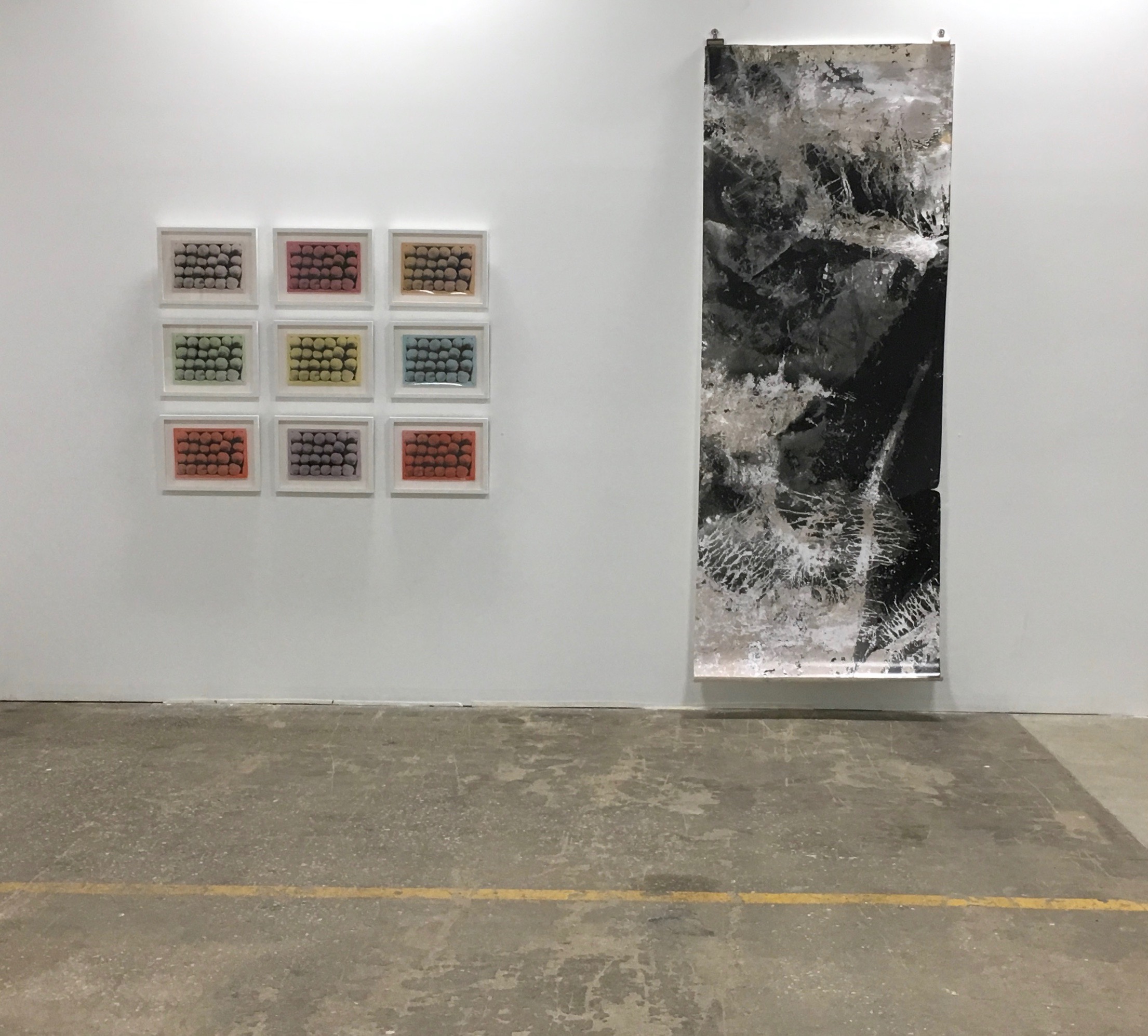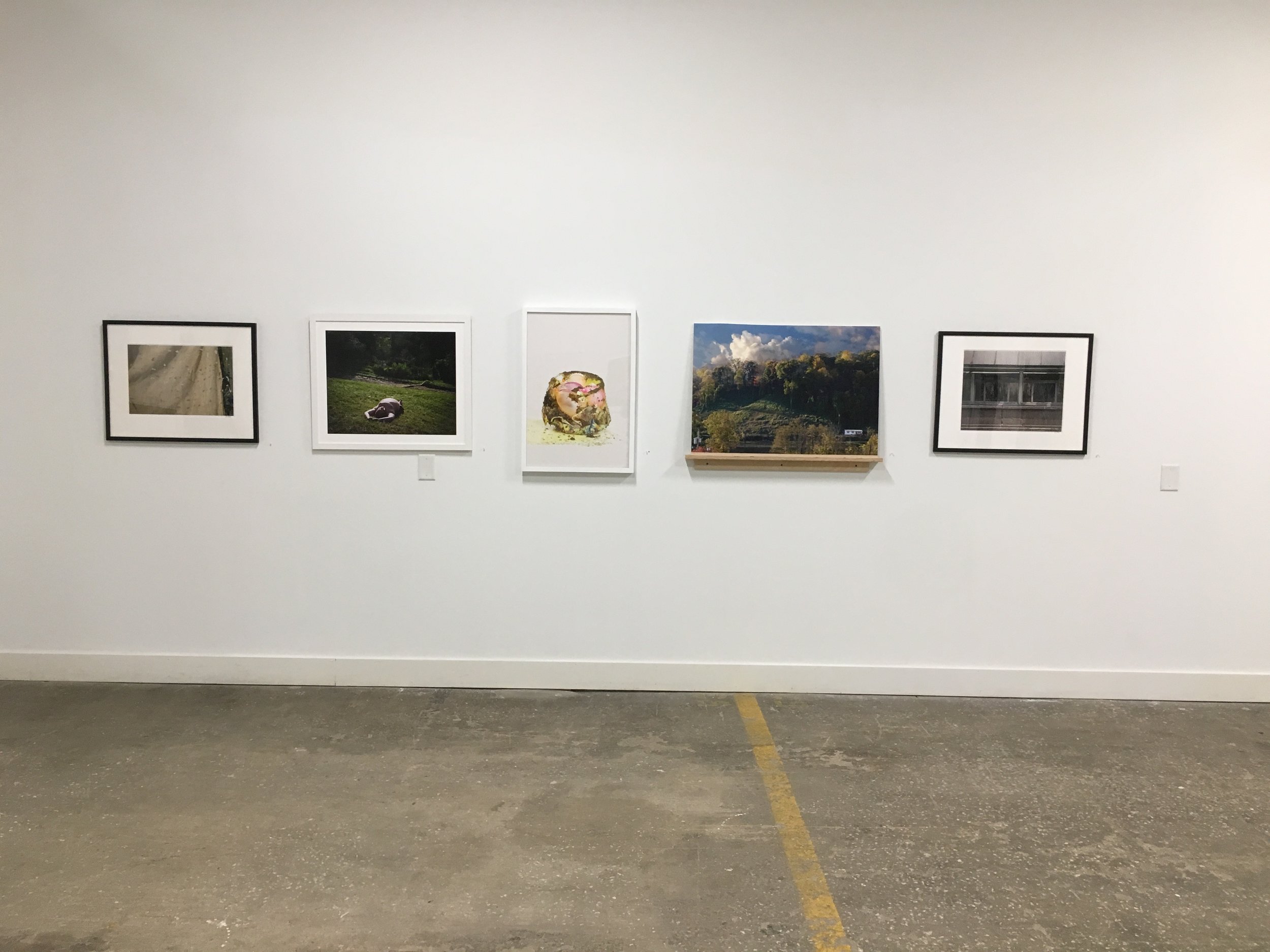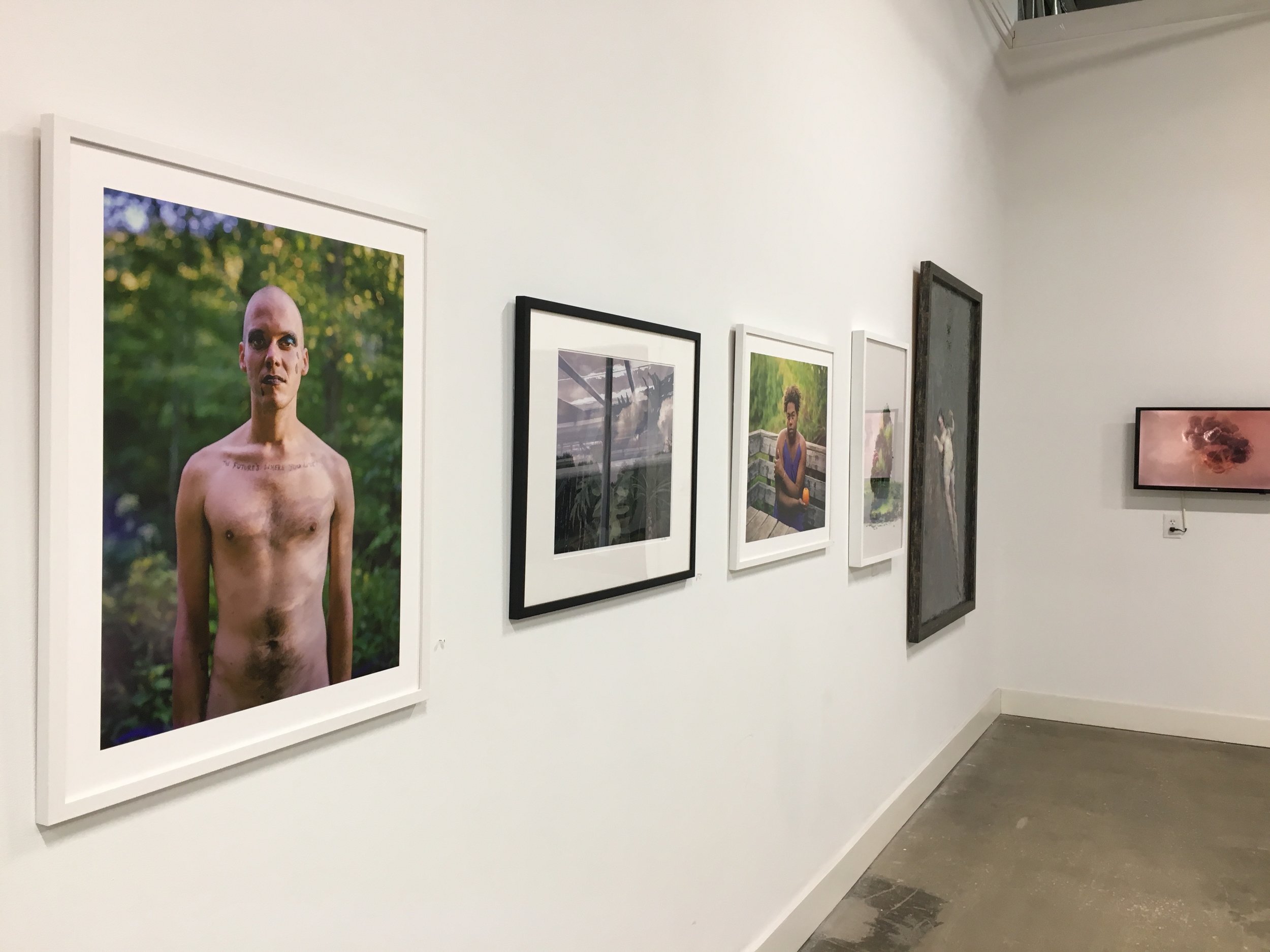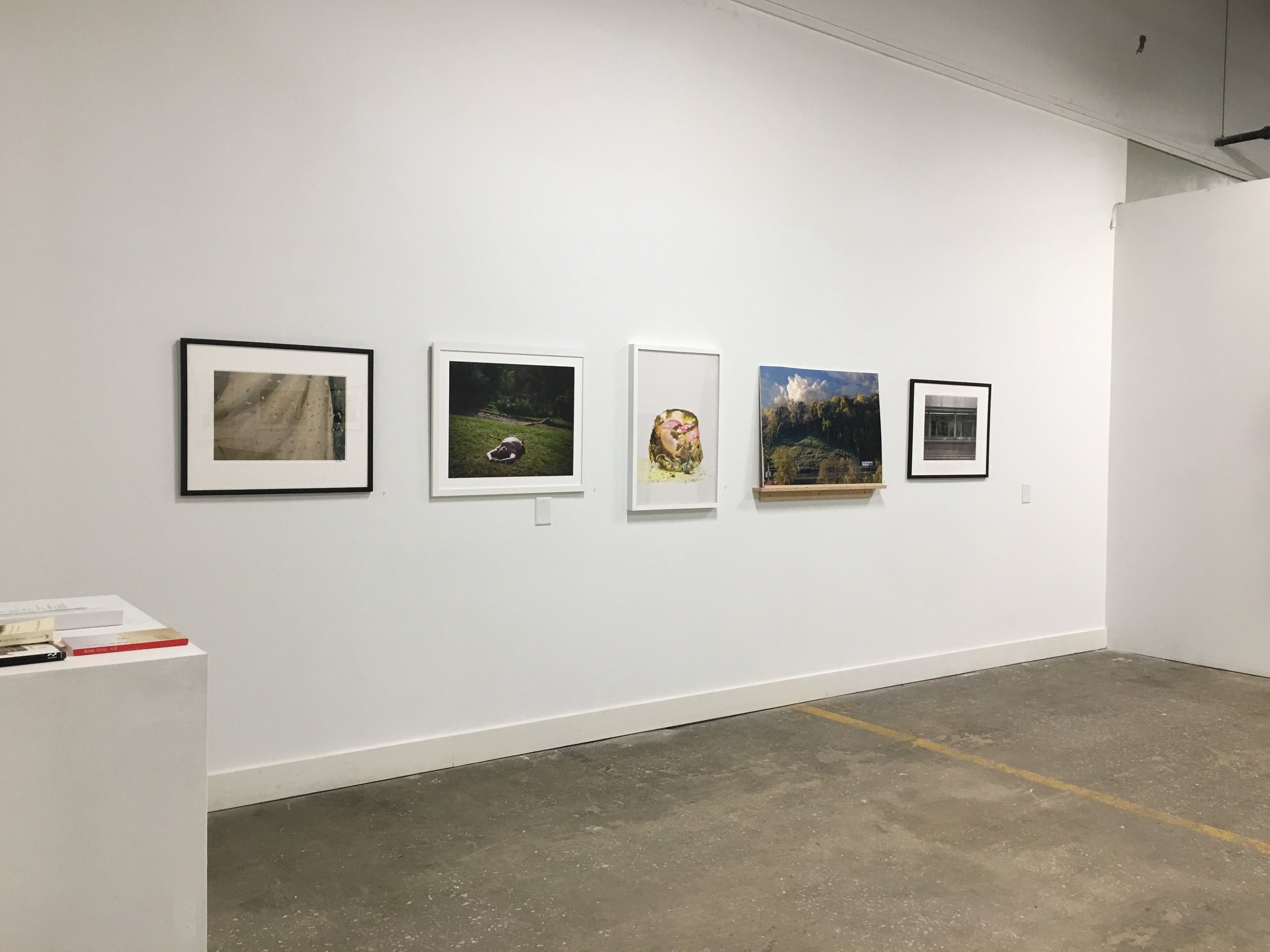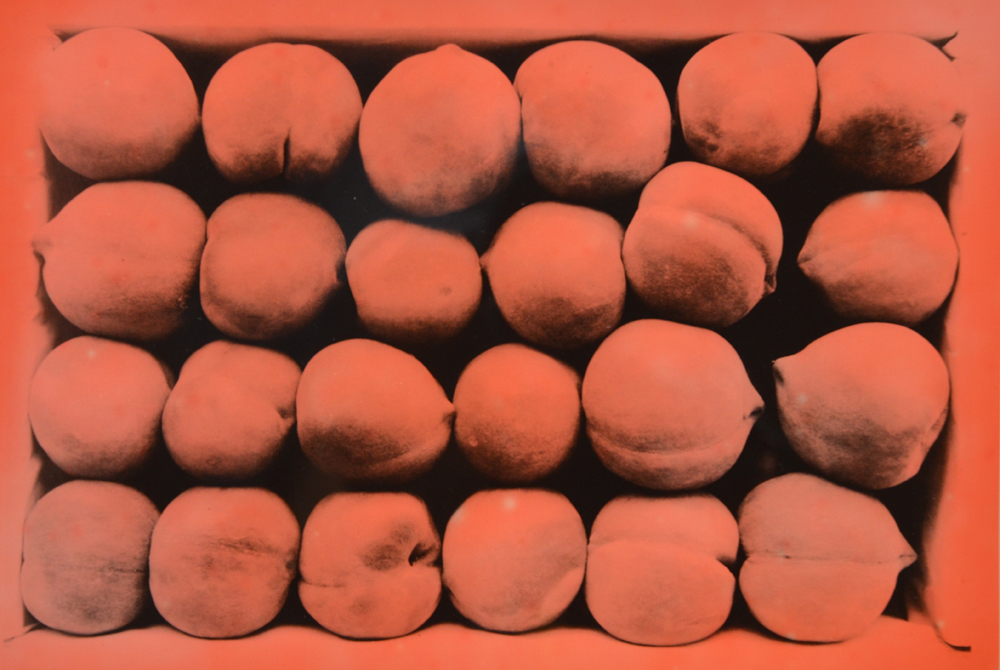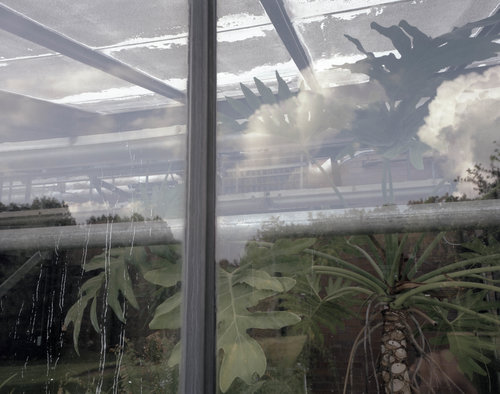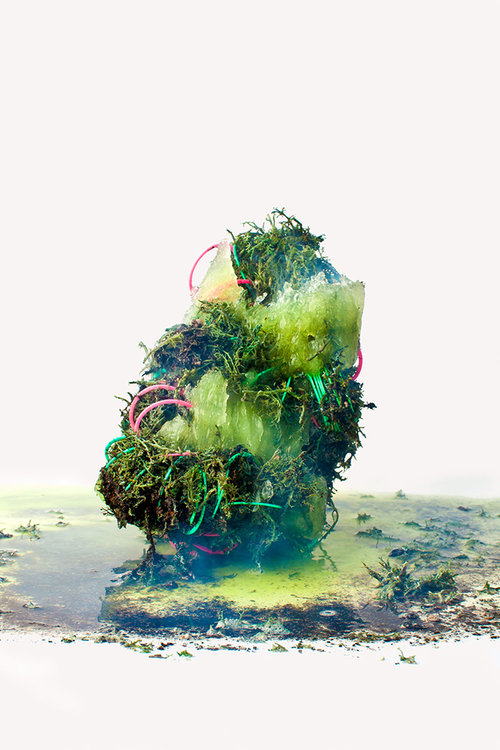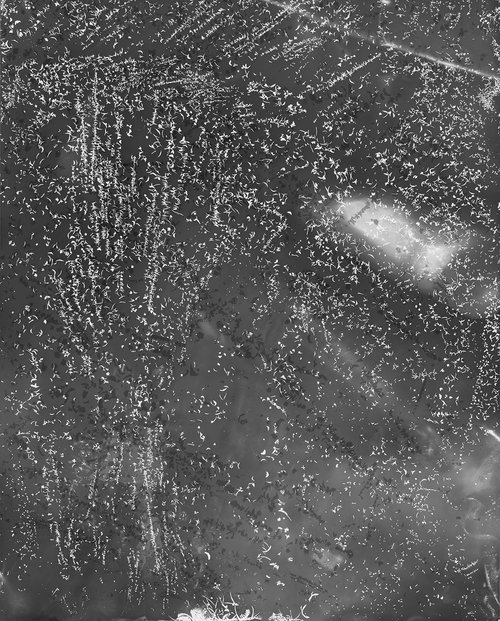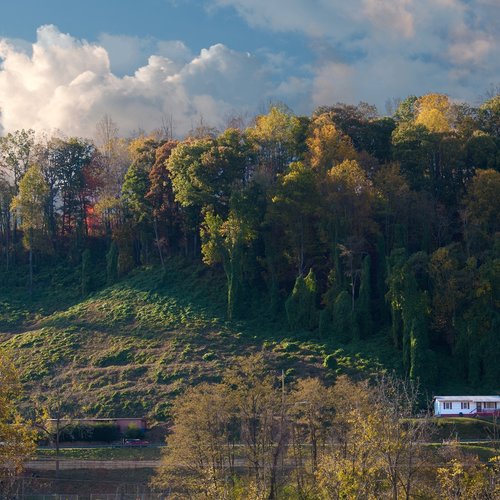Picturing Purity
Photography simultaneously limits and expands our view by severing the world outside the frame from the world within the frame, while also presenting the viewer with a frozen moment outside the particular time and space occupied while viewing it.
Selecting how to deliver this paradoxical reality is first the job of the photographer, then the job of the viewer. Both photographer and viewer are, of course, tethered to a particular world view informing them of what to frame, and how to interpret it.
In the west, the world view of both photographer and viewer is in large part informed by a particularly sticky set of dualistic hierarchies; man over woman, and culture over nature. We see these hierarchies manifest in images of pristine female nudes inviting a male gaze, and in vast “empty” landscapes ready to be settled or cultivated.
These hierarchies are perhaps most pronounced when attempts are made to counter their troubling legacies without acknowledging their foundations: when women are “put on pedestals” or when nature is idealized—when either is depicted as “pure.” In this dualistic approach the role of the untouched female virgin parallels that of the virgin forest: to provide pleasure or profit to the one who eventually does the “deflowering”, and in both cases the assumed subject capable of such an act is the affluent white male. With such lopsided power and agency (and insistence on an imaginary gender binary) it is no wonder that we are currently in the state we are, a state of depleted resources.
The artists in Picturing Purity invite us to take a critical approach to dualistic hierarchies and purity myths to consider a future that is less about purity and more possibility.

